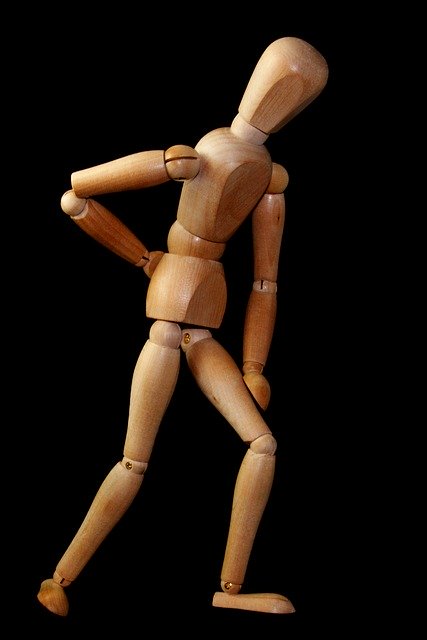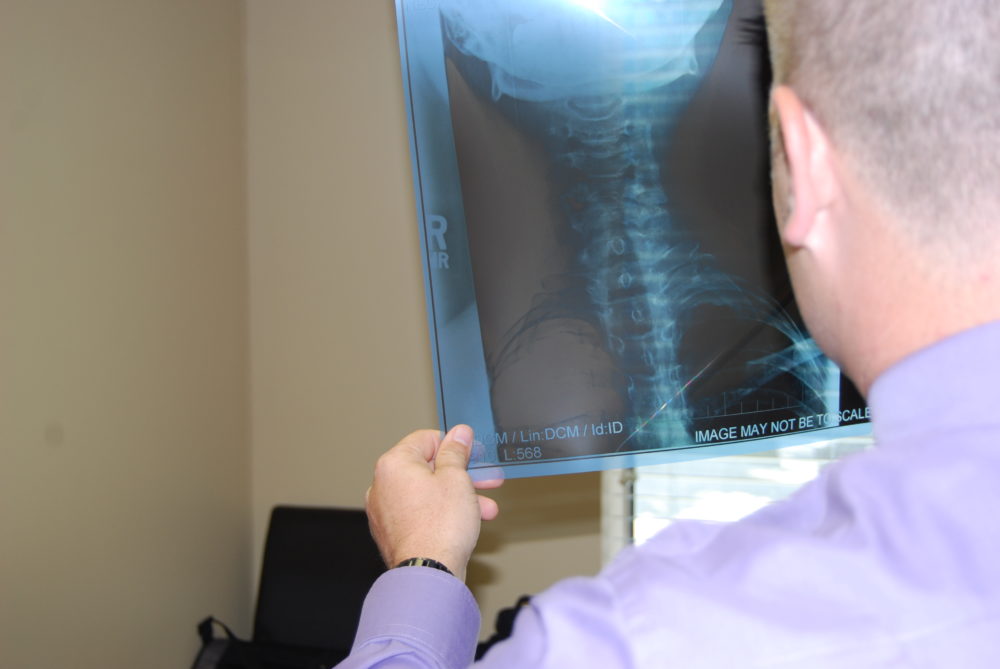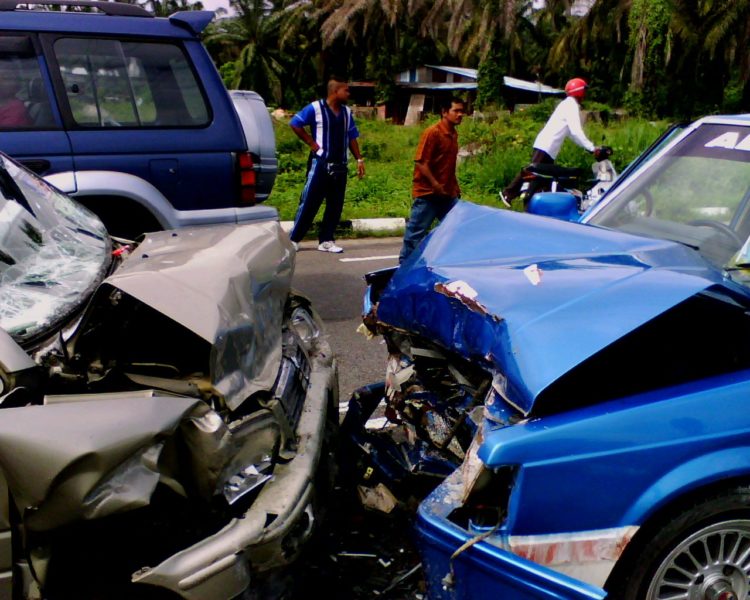A disc herniation occurs when the soft inner gel in a disc of the spine begins pushing outside the outer wall of the disc. This can occur due to degeneration of the disc associated with age or from a traumatic incident. These herniations push backwards into the spinal canal and can put pressure on the spinal cord and nerves. This can lead to pain radiating down the arm in a cervical (neck) herniation. A MRI is needed to determine if a herniation is present or not, and allows the physician to determine the appropriate care for the injury. Depending on the size of the disc herniation, surgery and medications are not always needed.
Physical Therapy for Cervical Herniated Discs
Strengthening the neck muscles can help reduce pain. Weak muscles in the neck can lead to poor posture and put more pressure on the herniation leading to more pain. At Synergy Chiropractic of Houston, we not only demonstrate how to do these exercises and do them with our patients each visit, but we also want them done at home. A dramatic difference in a person’s pain can be seen when home exercises are done, and the stabilizing muscles are strengthened.
Cervical Traction for Cervical Herniated Discs
Traction relieves pressure on the discs and in turn, help decrease pain. Cervical traction is a passive therapy in which the patient places the head in a devise and is gently lifted up. After we determine that relief is felt, a home devise can be prescribed so the patient can continue home therapy. The gentle separation between the discs helps to nourish the tissues between the spine.
Chiropractic Manipulation for Cervical Herniated Discs
A chiropractic adjustment is a powerful thing. The Big Idea is to decrease pain and discomfort. It helps reduce muscle tension, increase nerve stimulation, increase blood flow, and release endorphins. With gentle positioning of the head and neck, pressure is taken off of the herniation for additional relief.
Other Non-surgical Therapies for Cervical Herniated Discs
Additional therapies, both passive and active, that can help with pain are ice/heat, massage therapy, electrical stimulation/TENS units, dry needling and acupuncture.
Cervical disc herniations are seen on a common basis in our office. They are one of the most common injuries sustained in motor vehicle accident. If you have either been in a car accident or believe you may have a herniation in your neck, then give our office a call and we will do what we can to help you out.



